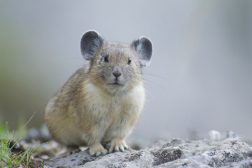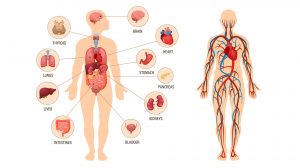Brassica
(Science: botany) a genus of plants belonging to the mustard family Brassicaceae. The whole family includes a total of 376 different genera and 3,200 different species.
The family is also known as cruciferae because the four petaled flowers of these plants look like crosses. The plants are distributed worldwide and have annual (living one year), biennial (living two years) and perennial (living many years) members.
member species of genus brassica include brassica napus which produces rapeseed or canola oil, brassica nigra which produces yellow mustard, brassica oleracea whose subspecies and strains include kale and collard greens (brassica oleracea acephala), broccoli (brassica oleracea botrytis), cauliflower (brassica oleracea cauliflora), head cabbage (brassica oleracea capitata), brussel sprouts (brassica oleracea gemmifera), and kohlrabi (brassica oleracea gongycoides), and brassica rapa, whose subspecies include pak choi (brassica rapa chinensis), Chinese cabbage (brassica rapa pekinensis), and turnip (brassica rapa rapifera).
also, one subspecies of brassica rapa is used as a model organism to study genetics, molecular biology, plant breeding, cell biology, and physiology, it is called the rapid cycling brassica or RCBr or the Wisconsin fast plant, and was developed specifically for scientific study. Additionally, the radish Raphanus sativus is a member of the Brassicaceae family.
The full taxonomic classification is kingdom Plantae, division Tracheophyta, subdivision spermatophyta, class angiospermae, subclass Dicotyledeonae, order Papaverales, family Brassicaceae.
Dictionary > Brassica
You will also like...

Indicator Species and Endangered Species
Certain species are capable of expressing characteristics indicative of the state of the ecosystem they occupy. They are..

The Human Physiology
Physiology is the study of how living organisms function. Thus, human physiology deals specifically with the physiologic..

Abiotic Factors – Water Conditions
A still body of water may be disturbed by a variety of factors. One of them is wind. In fact, it is considered as the pr..

The Evolutionary Development of Multicellular Organisms
Multicellular organisms evolved. The first ones were likely in the form of sponges. Multicellularity led to the evolutio..

Homeostatic Mechanisms and Cellular Communication
Homeostasis is the relatively stable conditions of the internal environment that result from compensatory regulatory res..

Running Water Freshwater Community Factors
This tutorial noted some of the physical and chemical factors that provide the framework of a running water community in..

